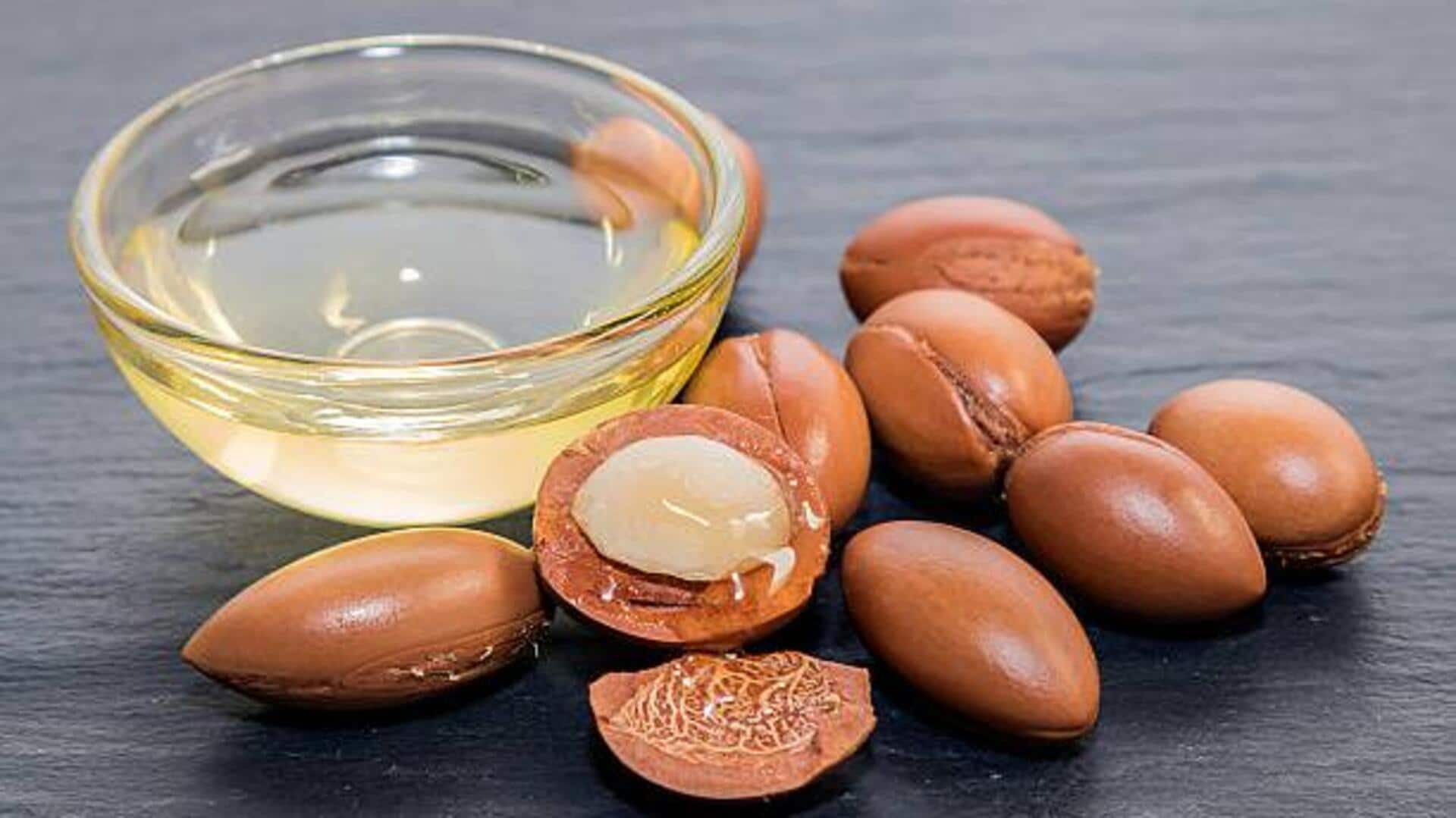Understanding Hair Oil
Hair oil is a blend of natural oils designed to nourish and hydrate hair. Oils like coconut, argan, and almond are commonly used. They penetrate the hair shaft,
providing deep conditioning. Hair oil creates a protective barrier, reducing protein loss and preventing damage from styling and environmental factors. It adds shine, tames frizz, and improves manageability. To use hair oil, apply a small amount to damp or dry hair, focusing on the mid-lengths and ends. This can be done before washing, as a leave-in treatment, or to style and finish your look. Experiment to find the method that suits your hair best.
The Perks of Serums
Hair serums are often silicone-based formulations designed to smooth and protect hair. They typically offer a lighter feel compared to oils. Serums coat the hair's surface, sealing the cuticle and adding shine. They are effective at reducing frizz, detangling, and protecting against heat damage from styling tools. To apply serum, use a small amount on dry or damp hair, concentrating on the ends. Serum can be used before heat styling. This helps shield the hair from high temperatures. The lightweight nature of serums makes them ideal for fine or oily hair types, where heavier oils can weigh the hair down. Serums also provide instant smoothness and gloss.
Texture and Feel
The texture of hair oil is typically richer and heavier. It's designed to deeply penetrate the hair shaft and provide intense hydration. This can make hair oil a great choice for dry, damaged, or coarse hair, offering significant moisture. In contrast, hair serum usually has a lighter, silkier texture. It's designed to coat the hair's surface, giving a smoother finish and reducing frizz without weighing the hair down. Because of the lighter texture, serums work great for fine or oily hair types, where a heavier oil could make the hair feel greasy. The best product for you depends on your hair type and the results you want.
Oil Application Explained
Using hair oil properly is essential for optimal results. Apply a small amount to damp or dry hair, concentrating on the mid-lengths and ends. The amount varies depending on hair thickness and length; start with a few drops and add more if needed. Oil can be used as a pre-shampoo treatment to hydrate the hair. Alternatively, it can serve as a leave-in treatment for daily moisture and shine. Avoid applying oil to the scalp unless you need to address dryness or dandruff. This could lead to product buildup. Massage oil in gently, ensuring even distribution for best results.
Serum Application Tips
Applying hair serum correctly helps you enjoy its benefits. Apply a small amount of serum to either dry or slightly damp hair, focusing on the ends. This helps to seal the hair cuticles, reduce frizz, and add shine. Start with a small quantity, often just a pea-sized amount, and add more if needed. Serums are often ideal before heat styling, acting as a protective layer against damage. Ensure even distribution by running your fingers through your hair. Avoid applying too much product to prevent a greasy appearance. Serums usually provide instant smoothing and gloss, making your hair look healthier.
The Final Recommendation
The choice between hair oil and serum comes down to your hair's needs. Hair oil excels at providing deep moisture and is best for dry, damaged, or coarse hair. Serums offer a lighter touch, perfect for smoothing, adding shine, and protecting against heat, making them suitable for fine or oily hair. Consider your hair type, the desired outcome, and any specific hair concerns, such as frizz or dryness. You can even use both products, applying hair oil before shampooing for deep conditioning and a serum after styling for extra shine and protection. Ultimately, the best approach is to experiment and see what works best for your hair's unique texture and requirements.


